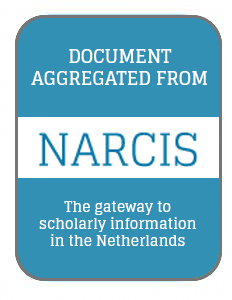Resource information
Although there is a growing awareness about the many benefits of natural ecosystems, concrete information on their full economic value is still scarce. This thesis provides a comprehensive method whereby all functions and values of natural and semi-natural ecosystems can be assessed and evaluated in a systematic manner. A checklist of 37 environmental functions is given with examples of the functions and socio-economics value of three major types of ecosystems: tropical moist forests (based on a case study of the Darien National Park, a pre-montane rainforest on the border between Panama and Colombia), wetlands (based on a case study of the Dutch Wadden Sea) and an oceanic, volcanic island ecosystem: the Galapagos National Park (Ecuador).
In order to achieve the conservation and sustainable utilization of nature and natural resources, better information on the (economic) importance of natural areas alone, however, is not enough. Unless ecological information is structurally integrated in economic planning and decision-making, solving environmental problems will prove difficult, if not impossible. In the last section of this thesis, the use of the function-concept as a tool in planning, management and decision-making is therefore discussed in detail, including the application in project-evaluation, in environmental (or ecological) economics, in environmental law, and in environmental education.


